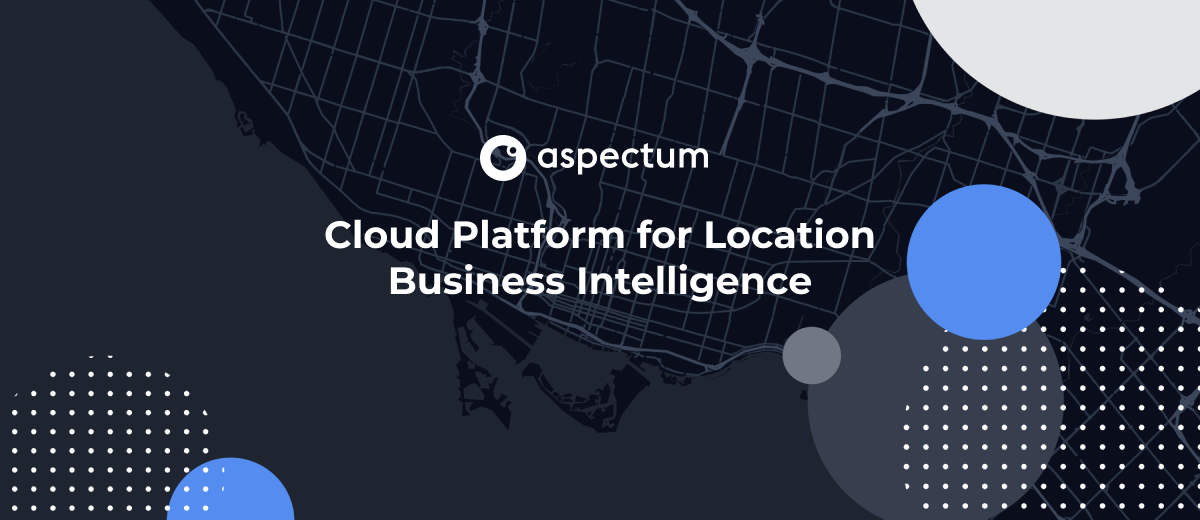When organizations wish to monitor business metrics and key performance indicators in real time to gain a better grasp on their performance and objectives, they turn to data visualization tools to translate data into charts and graphs.
These solutions include various data visualization techniques such as geospatial imagery, mapping, dashboard creation, graph configuration and to some extent, data analysis. Although data visualization software can offer a wide array of features, they are centered on supplying visualizations and dashboards to keep tabs on crucial information for businesses.
According to Search Engine Journal, we live in a world where visuals reign supreme. A picture paints a thousand words, and data visualization enables the human brain to understand big and small data with less difficulty. It also makes identifying patterns, trends and outliers easier when it comes to data clusters.
All industries have the chance to incorporate the best data visualization tools in their operations; however, there are a number of sectors that have gained the most benefits from their platforms. For example:
- Transportation and logistics
Routing transportation networks is a taxing task with its own overwhelming challenges. Freeways require keen monitoring, constant upkeep, and effective optimization to prevent roadblocks and accidents. Contemporary cities cannot survive without planning public transport, unless they want all hell to break loose.
This is where your list of data visualization tools enters. Data from geographic information systems are harnessed to make well-informed choices in setting up urban areas which cover parking spaces, parks and grounds.
As for ventures that primarily rely on their vehicular fleets, the best data visualization tools can make servicing a lot easier with prompt information and engaging maps that are incorporated with automatically updated elements like video tracking and solutions for units and workload.
These are just some of the ways transportation and logistics have used data visualization tools to their advantage. These solutions can extend to even hub visualization for sea-based amenities utilizing bathymetry data as well as cargo operations that require sensor tracking, to name a few.
- Healthcare
With the continued spread of the coronavirus, the demand to successfully manage this crisis and prevent health risks grows greater. A list of data visualization tools can help save lives and rise up to this challenge with functions that can oversee urban activities amidst quarantine, analyze demographics for medical research, keep an eye on healthcare facilities, map virus spread, examine the accessibility of pharmacies and determine risk areas and location of help centers.
Public health officials can benefit from data visualization techniques such as performing a thorough examination on public health through a geographic information system platform that supplies them with an overarching image of available healthcare staff and apparatus, so that they can effectively allocate them based on current needs.
With data visualization tools, anyone can effectively keep tabs on the COVID-19 situation in their area. Businesses can discover how the pandemic will affect their operations and social landscape through smart maps that showcase the latest information on coronavirus. Demographics and healthcare infrastructure locations can also be identified, so that solutions are supplied within risk areas.
Outside COVID-19, one can use data visualization to analyze the capacity and accessibility of healthcare in their region and make measures to make sure that everyone receives this basic social service.
- Public sector
Analyzing fraudulent data has transformed from bringing up straightforward, rule-based questions on information to data storytelling via data visualization techniques, text-mining methods, predictive frameworks, anomaly detection and pattern identification. Through data visualization, professionals in the public sector have discovered an intuitive technique to showcase data links, which can assist in zeroing in on awful actions.
Organizations enlist the help of data visualization software to visualize and detect possible fraud, wastage as well as abuse as they reduce the future risk for fraud. Equipping them with complete financial visibility, leaders can enhance transparency, heighten accountability, cut down inappropriate transactions, and guarantee program productivity.
- Environment
Data visualization tools such as geographic information system models and maps are the backbone of action schemes and risk reduction strategies of public service initiatives and environmental ventures that seek sustainability.
Present-day ecological professionals have difficulty identifying patterns. This can be remedied with interactive initiatives that exhibit the macro and micro levels in pinpointing the root cause of ecological phenomena. Environmental consultations use data visualization techniques to harness information from sensors, transferring it to their system and creating a stable solution for their projects.
Meanwhile, those in agriculture use data visualization tools to monitor their lands and display the state of their crops.
- Retail
Regional and local companies equip themselves with the best data visualization tools to cut down operational costs. When you make your own map online with visualized data, you can address retail industry challenges that come with discovering a new site for your enterprise, organizing your supply chain, maximizing present performance expenses and determining aspects where costs and profit are at odds with each other.
They also use these platforms to conduct demographic analysis as well as examinations rooted on income datasets. Outcomes exhibit the richest and most inhabited areas that are good for growing your business.
More industries are leaning on data visualization
The data visualization software market has been reporting notable numbers of growth in the last few years. Mordor Intelligence predicts the global market for data visualization software to reach a CAGR of 9% during the forecast period of 2020 to 2025. It’s no surprise, given the advantages that multiple sectors can obtain with their data visualization techniques.
As we move to the information age, we can only expect a significant increase in product demand, rising disposable incomes as well as rapidly evolving consumption technologies. This includes a growing number of industries leveraging the power of data to boost efficiency, carry on advocacies and improve both public and customer service.
